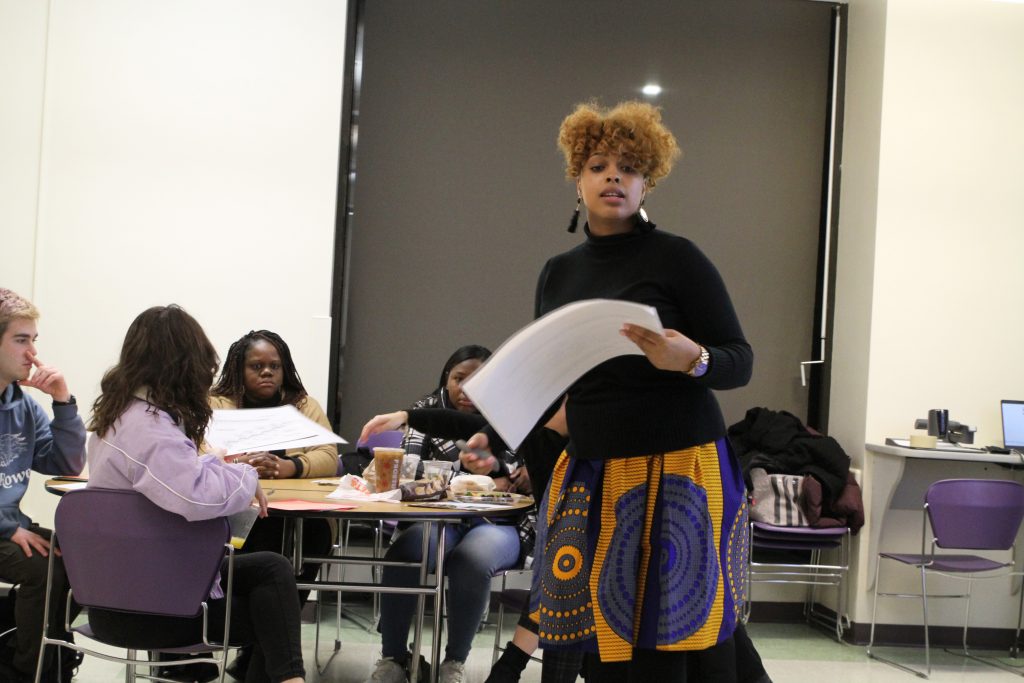
During Martin Luther King Week, a celebration promoted by Binghamton University, a variety of events took place with the goal of helping students, faculty and staff cope with racial trauma, including a space for racial healing.
During the healing session, which was provided on campus by the Division of Diversity, Equity and Inclusion (DEI), almost a dozen students attended and shared personal stories relating to racism. Participants worked throughout the session to identify their own past experiences and current feelings about race and racism. According to Jah Davis, leader of the session and coordinator of diversity education in the DEI, racial healing is a journey and not something that can be completed with one session, so this session meant to serve as an initial step.
“I wanted to create a space for faculty, staff and students to discuss racial healing because racial tensions are still very high at our campus,” Davis wrote in an email. “It is evident that students of color are dealing with racial battle fatigue and are very frustrated. We cannot ignore the fact that racial trauma exists. It’s important that we start discussing ways to work toward healing as human beings.”
In November, BU saw a number of protests where many students showcased their discontent with the way people of color are treated on campus and tackled issues of overpolicing. Davis said this is evident of the racial trauma that many students are dealing with on campus.
During the session, participants learned about trauma and how it differs for black-bodied and white-bodied individuals. Black-body trauma defines itself with feelings of victimhood while white-body trauma involves suffering from guilt that derives from one’s past ancestry, where colonizing was associated with the white race. People of other races that are not black or white can fit into both categories, Davis said.
Another workshop asked participants about their earliest memories of race and racism to try to unpack their own past. At one point, a chart was passed out that showed where one stands in their racial healing practice. The parts of the chart differentiated between how black and white people tend to cope with their emotions about race.
Davis provided each participant with a racial healing handbook and emphasized that racial healing is a journey. Participants shared many personal stories that made them vulnerable, an important step for the journey, according to Davis.
“I found the racial healing workshop to be very constructive,” Davis wrote. “Faculty, staff and students were provided with a space to speak openly about their racial identity development and personal experiences. There aren’t many spaces where people of diverse backgrounds can unpack with one another as we did in the workshop.”


